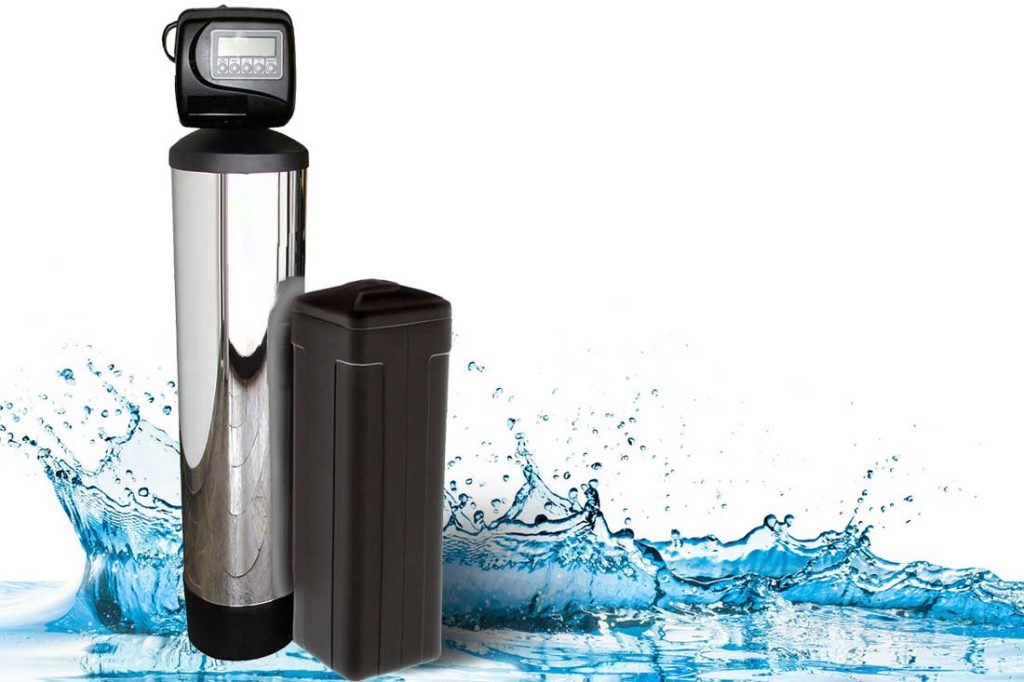
Not all homes have soft water running through their pipes. There are areas wherein the only water that’s available is hard water. As you may know, hard water is a type of water that is not very ideal for drinking and cleaning. It doesn’t allow soaps, shampoos, or detergents to lather up well. It is in the lather that the cleaning agent releases the active ingredients so as to eliminate the dirt and stains on most surface.
When households are faced with hard water everyday they have no other choice than to add in water softener to make their washing and cleaning tasks more effective and efficient. But with this endeavor, a question arises. Do water softeners harm septic systems like your sand mound?
The answer to this question is plain and simple—NO when installed properly and the salt brine is diverted away from the septic system and drain field. The regeneration salt discharges from water softeners do present problems to sand mounds septic system and the leach field. There are studies proving that salt brine produced by water softeners can get in the way of the soil percolation of the sand mounds. Salt brine build up can destroy the percolation of the soil, especially fine soil types.
The studies also yielded that that the physics and the chemistry of the soil do change with the use of sodium based water softeners. Through the years, the effects of water softeners have provided economic and physical convenience to countless homeowners. The brine that comes out as the by-product of water softening does affect the soil’s permeability and absorption significantly. Homeowners should consider using a potassium based additive in place of the sodium additives.
The sodium content brought in by the water softener can kill beneficial bacterial population because it is added to the septic sand mound system when the water softener renews. The magnesium, iron, and the calcium by-products make the water and air movement worse all throughout the surrounding soil producing a clogging effect. The clay in the soil will actually swell and its dispersion and hydraulic ability will be lowered with the over use of sodium causing harm to septic tank and sand mounds.
There are a number of significant advantages that a proper utilized water softener can provide. One is that the homeowner does not over use soap. Soap consumption is reduced by fifty to seventy five percent in soft water applications. Another advantage is that a lesser amount of soapy biodegradable products are dumped into the sand mound system. This eases the sand mound’s load. The washing of homeowner’s fabrics is also much cleaner when soft water is used. This reduces the amount of water required, and this reduces the load on the sand mound system.
Clearly, water softeners can have adverse effects when the wastes reach the sand mound septic systems. The ions that are given off as wastes bring about more blockages and maintains higher percolation or permeability that normal effluents.
It is really difficult to make dramatic adjustments in the household when all you want is the smooth flow of things inside and outside your home. You always have to think of ways to improve the ways you deal with the simplest of chores.
When it comes to your sand mound or raised septic system, you should remember that being responsible is a must. It is your chosen wastewater treatment method so you have to make sure that everything you do is in sync with its maintenance and care of your particular septic system.
